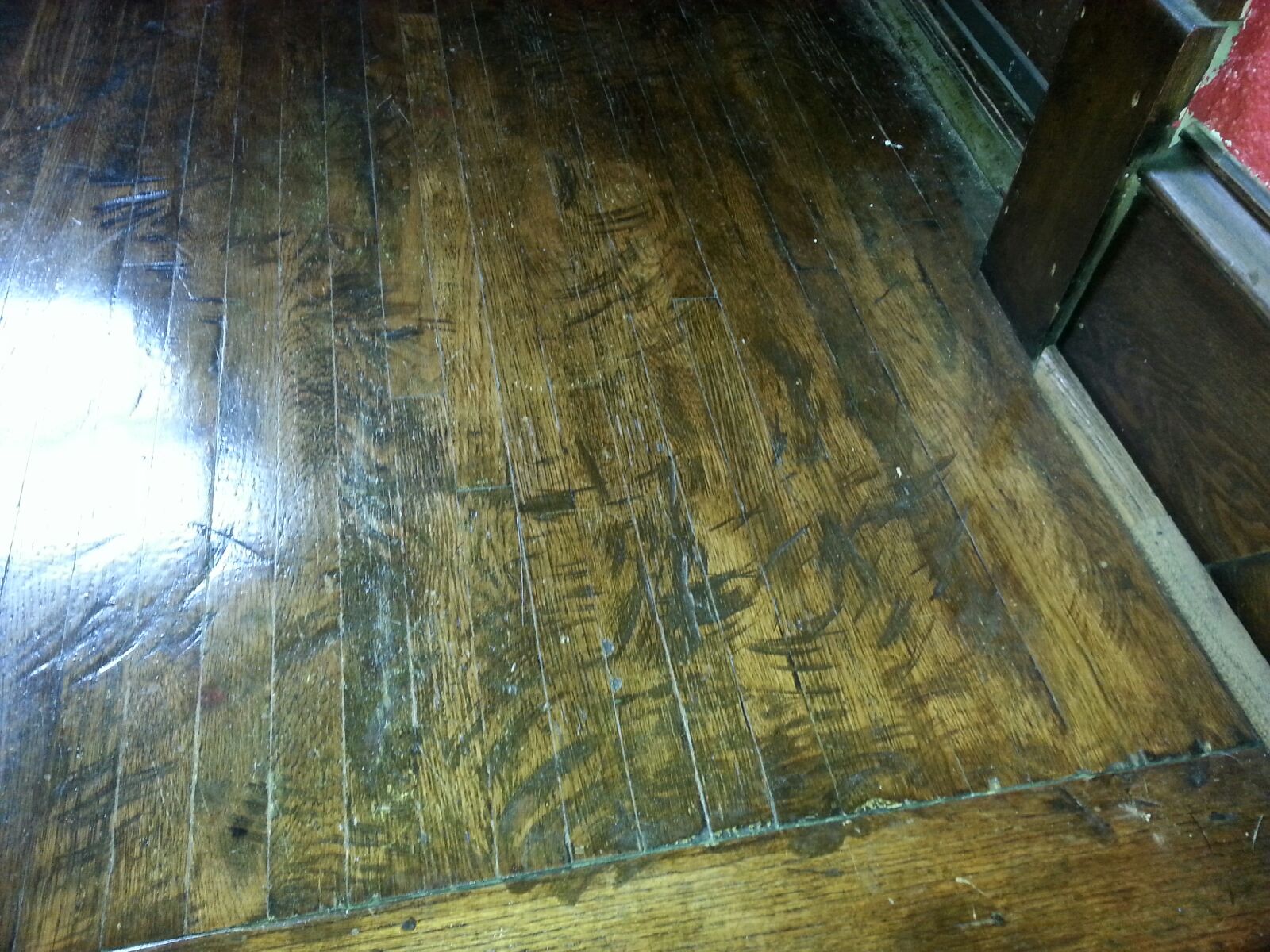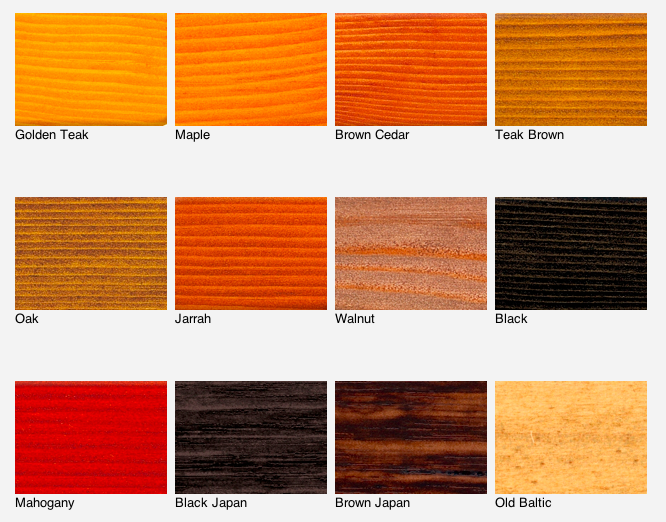Home » Floor Polishing » Floor Staining
Staining
It is important to note here that staining timber floors involves a pigment or dye which is applied directly to the bare timber. A stain cannot be applied to a varnished floor, it must be sanded back to bare timber to allow the stain to absorb into the timber and create the contrasting patterns of colour from the different rates of absorption in the timber grain. Dye stains can be added to the clear coating in cases where the timber is not suitable for staining.
After the preparation of the floor is complete, including filling and sanding, staining the floor is the next step. All bare timber stains used by Amber Floor sanding are water based. Depending on colour required we use either Wattyl Colourwood Flooring Stain or Feast Watson Floor Stain. Colour development depends on the texture and porosity of the timber. Certain species of timber The new stain colour cannot be lighter than the existing colour of timber or previous stain and can only be darker than the original colour.
Staining disasters
Floor staining is a difficult and technical process because there are many variables that can make the stained finish unattractive. If something does go wrong the only solution is to sand the floor back again and start over.
The most important reason to think carefully about staining is that it accentuates even minor flaws in your sanding job—flaws that would be undetectable in a clear or natural-finished floor. Remember, stain is made of fairly large particles of color, called "pigment."
Unfortunately, inexperienced sanders (the very people who are most likely to want to stain their floors because they assume it is easy to do) tend to leave many such deep cavities, scratches and gouges in the floors they sand. When the stain is rubbed into the wood, the color is absorbed more deeply along the scratch lines than in the surrounding wood. In other words, staining a floor sanded by a beginner is a lot like tattooing a floor.
To make things worse, the edger (see Sanding Equipment) is particularly prone to leaving cross-grain scratches that, when filled with stain, are still more obvious because they run against the main grain direction of the floor.
There is no greater proof of an amateur job than edger swirl and cross-grain scratches that have been highlighted with stain.
Stain colours

*These colours may not be available. Colours may very depending on screen viewed from so physical colours may vary slightly.
 +61 407 111 651
+61 407 111 651